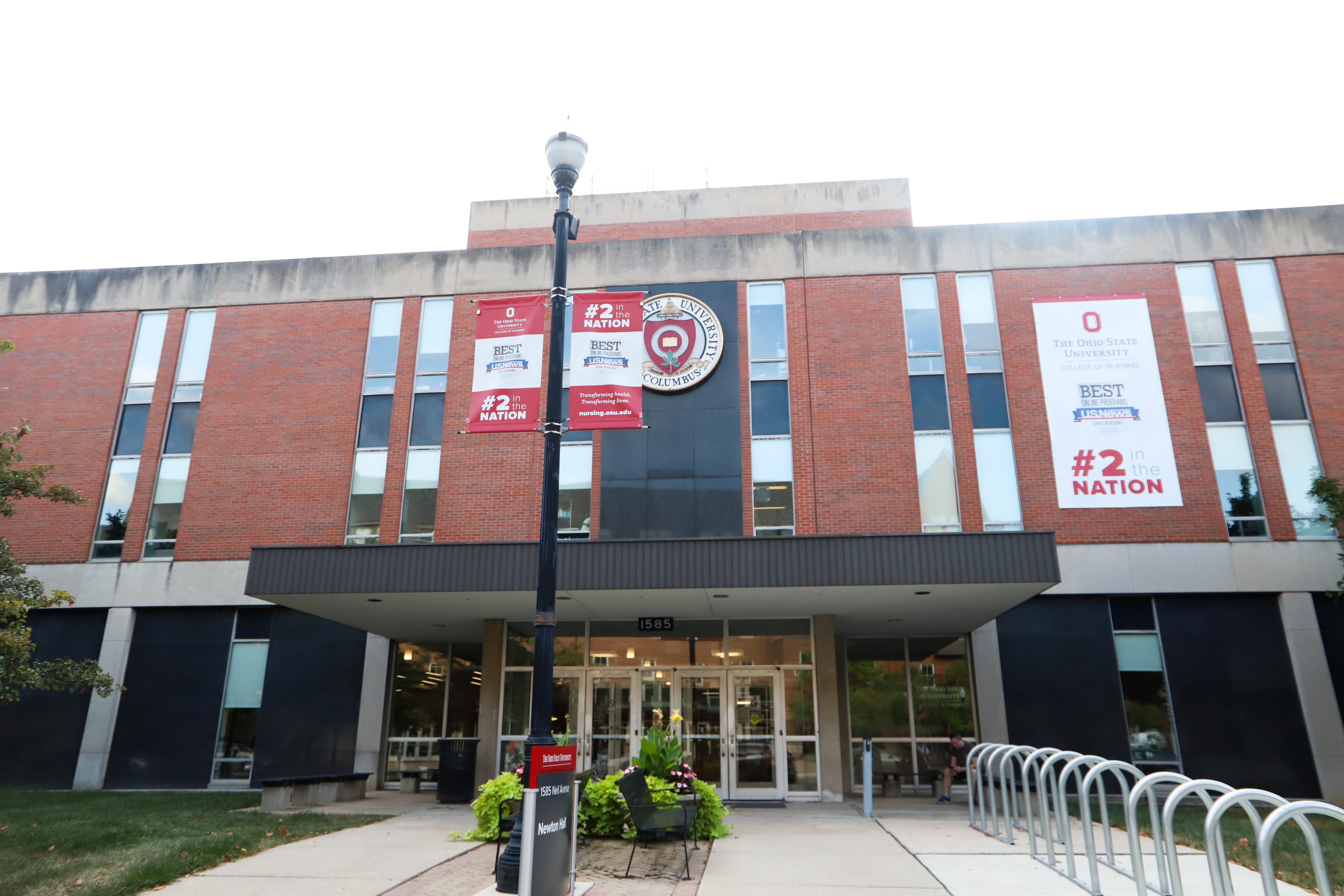
Typical nursing students have both in-person labs and clinicals each semester, but the curriculum had to adapt amid the pandemic and the lack of PPE for students to safely attend clinicals and labs. Credit: Amal Saeed | Lantern File Photo
Despite constant news of the toll the pandemic has taken on the health care system, the goals of many nursing students at Ohio State haven’t changed.
Even with personal protective equipment shortages, moving some labs online and changing the curriculum’s structure, Dr. Wendy Bowles, assistant dean for baccalaureate programs at the College of Nursing, said the pandemic has been a major learning opportunity for nursing students. Students have been able to learn about public health in the classroom while distributing vaccines at the Schottenstein Center.
The typical nursing program is made up of three components: classes, labs and clinical rotations, Bowles said.
“Lab lets students learn and practice important skills in a safe environment prior to going in the clinical setting, and in the clinical setting, students get to work hands-on with patients,” Bowles said.
Bowles said students typically have both in-person labs and clinicals each semester, but the curriculum had to adapt amid the pandemic. She said last spring, there was not enough personal protective equipment for students to safely attend clinicals, so labs were held virtually.
As the supply of personal protective equipment has grown in hospitals, students have been able to re-enter most clinical settings, except for in nursing homes, Bowles said.
Students at Ohio State have found opportunities for work experience beyond the curriculum, too. Audrey Lund, a fourth-year in nursing, said she has been a patient care assistant at Ross Heart Hospital for the past two years.
Patient care assistants work under registered nurses in hospitals and take vital signs, give patients baths and draw blood for lab work. Lund said the lack of personal protective equipment and the postponement of many surgeries made shifts scarce at the beginning of the pandemic.
Even with more stable supplies of personal protective equipment and the resumption of many normal hospital procedures, Lund said her work schedule varies with the pandemic.
“Hours really fluctuate whenever there’s a peak, because nurses are also getting it, and I’d be getting more calls to come to work,” Lund said.
Bowles said she believes the pandemic will impact Ohio State’s nursing program in the upcoming years with how students learn about public health emergencies and their amount of real-world experience from COVID-19. For Lund, the pandemic hasn’t changed her career goals or values.
“I got into nursing to help people, and that has never changed, regardless of whether there’s a pandemic or not,” Lund said.


